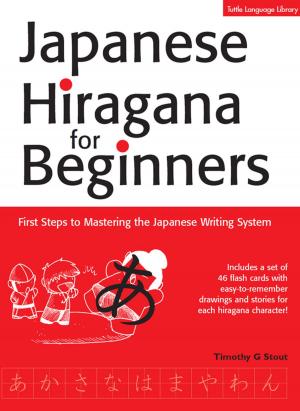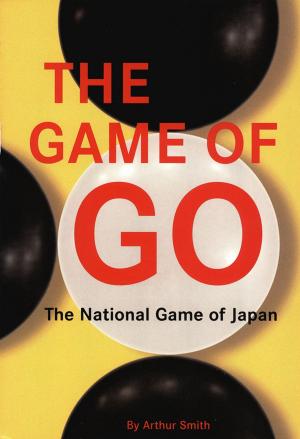Writing Japanese Hiragana
An Introductory Japanese Language Workbook: Learn and Practice The Japanese Alphabet
Nonfiction, Reference & Language, Language Arts, Alphabet, Foreign Languages, Japanese| Author: | Jim Gleeson | ISBN: | 9781462917396 |
| Publisher: | Tuttle Publishing | Publication: | July 7, 2015 |
| Imprint: | Tuttle Publishing | Language: | English |
| Author: | Jim Gleeson |
| ISBN: | 9781462917396 |
| Publisher: | Tuttle Publishing |
| Publication: | July 7, 2015 |
| Imprint: | Tuttle Publishing |
| Language: | English |
Put simply, practice is the most effective method of mastering written Japanese. The large, open format of Writing Japanese Hiragana invites the student to pick up a pencil and get started!
Two phonetic syllabaries, hiragana and katakana, and a set of kanji characters based on Chinese ideographs are what comprises written Japanese. This workbook has been carefully designed to facilitate the quick and easy mastery of the forty-six character hiragana syllabary used to write all types of native words not written in kanji. An understanding of hiragana is essential for the serious student wishing to learn Japanese effectively.
Each character is introduced with brushed, handwritten, and typed samples which enhance character recognition. Extensive writing space allows for maximum practice to facilitate memorization and ensure proper character formation. Entertaining illustrations and amusing examples of onomatopoeic usage of hiragana in Japanese writings further reinforce memorization in a fun way.
Writing Japanese Hiragana is an easy-to-use and practical workbook tailored to the specific needs of young students of the Japanese language. Beginning students of all ages will delight in its fresh presentation.
Put simply, practice is the most effective method of mastering written Japanese. The large, open format of Writing Japanese Hiragana invites the student to pick up a pencil and get started!
Two phonetic syllabaries, hiragana and katakana, and a set of kanji characters based on Chinese ideographs are what comprises written Japanese. This workbook has been carefully designed to facilitate the quick and easy mastery of the forty-six character hiragana syllabary used to write all types of native words not written in kanji. An understanding of hiragana is essential for the serious student wishing to learn Japanese effectively.
Each character is introduced with brushed, handwritten, and typed samples which enhance character recognition. Extensive writing space allows for maximum practice to facilitate memorization and ensure proper character formation. Entertaining illustrations and amusing examples of onomatopoeic usage of hiragana in Japanese writings further reinforce memorization in a fun way.
Writing Japanese Hiragana is an easy-to-use and practical workbook tailored to the specific needs of young students of the Japanese language. Beginning students of all ages will delight in its fresh presentation.















